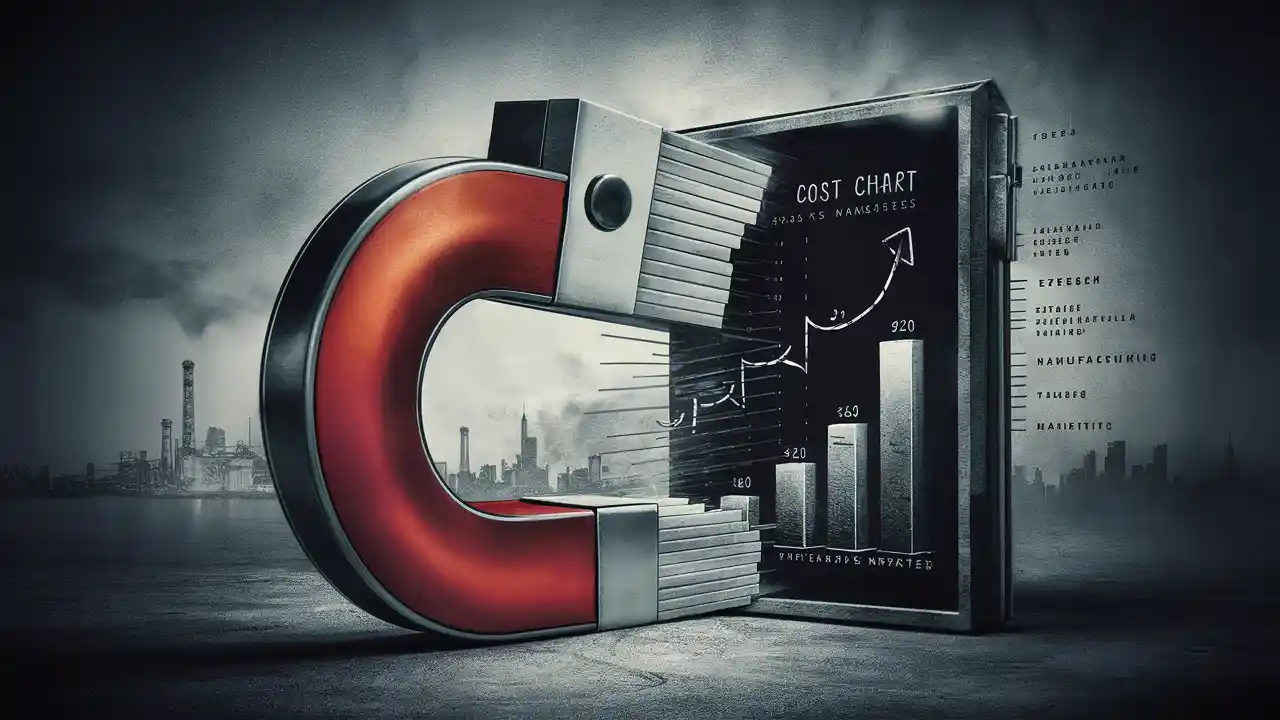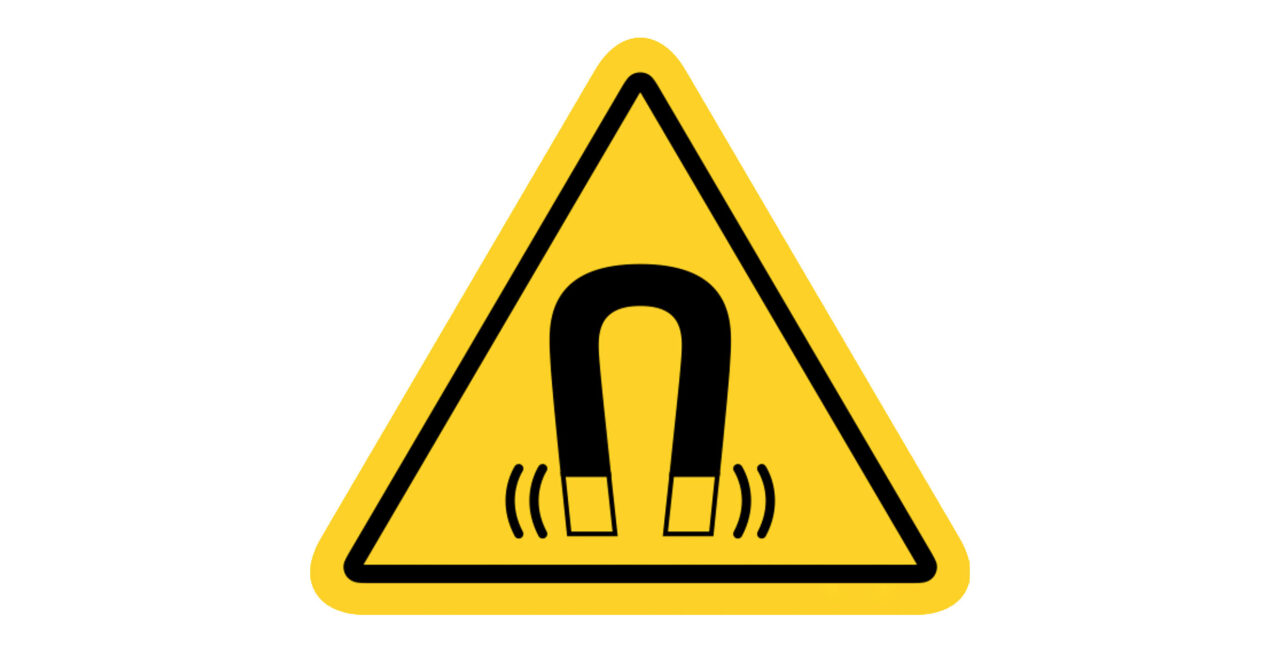If you’re looking to understand shuttering magnet cost, you’re in the right place.
I’ve spent the last few weeks diving deep into the precast concrete industry, talking to suppliers, and analyzing pricing data from manufacturers worldwide.
And today as a professional precast shuttering magnet manufacturer, I’m going to share everything I learned.
Specifically, you’ll discover:
- Current market prices for shuttering magnets
- The exact factors that drive costs up (or down)
- How to get the best deals from suppliers
- Real pricing examples from actual projects
Let’s dive right in.

What Are Shuttering Magnets? (And Why Price Matters)
Before we talk numbers, let’s quickly cover what shuttering magnets actually are.
Shuttering magnets are powerful neodymium-based magnetic devices used in precast concrete construction. They secure formwork panels during concrete casting without drilling or welding.
Here’s why understanding their cost is crucial:
The global construction magnet market is approaching $1.3 billion by 2026. And shuttering magnets make up a significant chunk of that market.
Translation?
Prices are competitive. But they’re also all over the map.
In fact, I found price variations of up to 300% for similar products from different suppliers.
That’s the difference between spending $30,000 or $90,000 on magnets for the same project.
Current Shuttering Magnet Prices (2025 Market Data)
Let’s cut to the chase.
Here’s what you can expect to pay for shuttering magnets right now:
Individual Magnet Prices:
- Basic models (450-900kg holding force): $30-$150
- Mid-range options (900-1800kg): $100-$300
- High-capacity magnets (1800-3100kg): $200-$800
- Specialized/custom units: $500+
But here’s where it gets interesting:
These are retail prices.
When you buy in bulk (which most contractors do), prices drop significantly.
For example, I talked to a contractor who bought 500 units of 900kg magnets. His per-unit price? $75. That’s 50% less than the $150 retail price.
The 7 Factors That Determine Shuttering Magnet Cost
Now let’s dig into what actually drives these prices.
1. Holding Force (The Biggest Factor)
Holding force is measured in kilograms or kilonewtons. And it’s directly tied to price.
Here’s a real-world example:
A 450kg magnet might cost $50. But a 2400kg magnet from the same manufacturer? That’ll run you $350.
Why the huge difference?
Stronger magnets require:
- More neodymium material
- Larger steel housings
- More precise manufacturing
2. Magnet Grade and Material Quality
Not all magnets are created equal.
Shuttering magnets typically use neodymium grades from N35 to N52.
Higher grades = stronger magnetism = higher prices.
A magnet using N52 neodymium can cost 40% more than an identical model using N35.
3. Design Features That Add Cost
Some magnets come with bells and whistles that bump up the price:
- Quick-release mechanisms
- Integrated adapters
- Chamfered edges
- Special coatings
For instance, a standard block magnet might cost $100. Add a quick-release lever? Now you’re looking at $130.
4. Brand Premium (Yes, It’s Real)
Just like with cars or phones, brand matters in the magnet world.
Premium manufacturers like Great Magtech or Magprecast charge 20-30% more than generic brands.
Is it worth it?
Often, yes. These companies typically offer:
- Better quality control
- Longer warranties
- Reliable customer support
5. Order Quantity Discounts
This is where you can save serious money.
Most suppliers offer tiered pricing:
- 1-50 units: Full retail price
- 50-200 units: 10-15% discount
- 200-500 units: 20-25% discount
- 500+ units: 30%+ discount
One supplier I spoke with even offered 40% off for orders over 1,000 units.
6. Geographic Location and Shipping
Where you buy matters almost as much as what you buy.
Magnets from Chinese manufacturers might be 30-50% cheaper than European alternatives. But then you need to factor in:
- Shipping costs (especially for heavy magnetic items)
- Import duties
- Longer lead times
- Potential quality variations
7. Market Conditions and Raw Material Costs
Neodymium prices fluctuate based on global supply and demand.
When rare earth prices spike, magnet costs follow.
In 2025, we’re seeing relatively stable neodymium prices. But that could change quickly based on geopolitical factors or supply chain disruptions.
Types of Shuttering Magnets and Their Price Points
Different magnet designs come with different price tags.
Let me break down the most common types:
Standard Block Magnets
- Price range: $30-$150
- Best for: Flat surfaces, basic applications
- Holding force: 450-900kg
These are your workhorses. Simple, reliable, and affordable.
U-Profile Magnets
- Price range: $100-$400
- Best for: Beams, columns, complex shapes
- Special features: Often include chamfers or adapters
The versatility justifies the higher price for many contractors.
Loaf/Insert Magnets
- Price range: $50-$200
- Best for: Irregular forms, lightweight applications
- Key advantage: Easy repositioning
Customizable Magnetic Systems
- Price range: $200-$500+ per unit
- Best for: Specialized projects
- Features: Modular design, multiple configurations
Real Cost Analysis: Case Studies
Let’s look at some real-world examples.
Case Study 1: Small Precast Operation
A startup precast company needed magnets for basic wall panels.
Their purchase:
- 100 units of 900kg block magnets
- Unit price: $85 (bulk discount applied)
- Total investment: $8,500
Result: They saved $2,000 compared to buying smaller quantities over time.
Case Study 2: Large Infrastructure Project
A major contractor working on a bridge project invested in:
- 500 high-strength magnets (2400kg)
- Mix of block and U-profile designs
- Average unit cost: $280
- Total spend: $140,000
The kicker? These magnets paid for themselves in 3 months through labor savings and efficiency gains.
How to Get the Best Price on Shuttering Magnets
Here’s my step-by-step strategy for scoring the best deals:
1. Know Your Exact Requirements
Before contacting suppliers, determine:
- Required holding force
- Quantity needed
- Specific features required
- Project timeline
Vague requests get vague (and high) quotes.
2. Request Multiple Quotes
I recommend getting quotes from at least 5 suppliers:
- 2 local/regional suppliers
- 2 international manufacturers
- 1 premium brand
This gives you leverage and pricing perspective.
3. Negotiate Based on Value, Not Just Price
Instead of just asking for discounts, try:
- Committing to larger orders
- Accepting longer lead times
- Bundling with other products
- Signing annual contracts
4. Consider Total Cost of Ownership
The cheapest magnet isn’t always the best value.
Factor in:
- Durability and lifespan
- Warranty coverage
- Replacement costs
- Productivity gains
A $300 magnet that lasts 5 years beats a $150 magnet that needs replacing annually.
Hidden Costs to Watch For
Most people focus on the sticker price. But there are hidden costs that can bite you:
Shipping and Handling
Magnetic items require special shipping. Expect to pay 10-20% extra for proper packaging and handling.
Maintenance and Storage
Proper storage systems and regular cleaning add ongoing costs. Budget $5-10 per magnet annually for maintenance.
Training and Safety Equipment
Your team needs training on proper magnet use. Factor in:
- Safety equipment costs
- Training time
- Potential productivity dips during learning curve
Future Price Trends and Market Outlook
What should you expect for shuttering magnet prices in late 2025 and beyond?
Based on my research and industry conversations:
Short-term (Next 6-12 months)
- Prices likely to remain stable
- Possible 5-10% increases due to inflation
- More Chinese manufacturers entering the market (potential for price competition)
Long-term Considerations
- Growing demand from infrastructure projects
- Potential supply chain challenges
- Technology improvements possibly reducing costs
Making Your Purchase Decision
Here’s my framework for deciding when and what to buy:
Buy Now If:
- You have immediate project needs
- You can buy in bulk
- You’ve found a reliable supplier with good prices
Wait If:
- Your project is 6+ months away
- You’re still evaluating different magnet types
- You haven’t compared multiple suppliers
The Bottom Line on Shuttering Magnet Cost
After all this research, here’s what it boils down to:
Shuttering magnets are a significant investment. Individual units range from $30 to $800+, with most contractors spending $100-$300 per magnet.
But when you factor in labor savings, efficiency gains, and reusability, they’re almost always worth it.
The key is understanding what drives costs and shopping smart.
Now I’d love to hear from you:
What’s your experience with shuttering magnet pricing? Have you found any strategies for getting better deals?
Remember, in the precast concrete industry, the right magnetic formwork system can transform your operation. And understanding shuttering magnet cost is the first step to making a smart investment that pays dividends for years to come.



